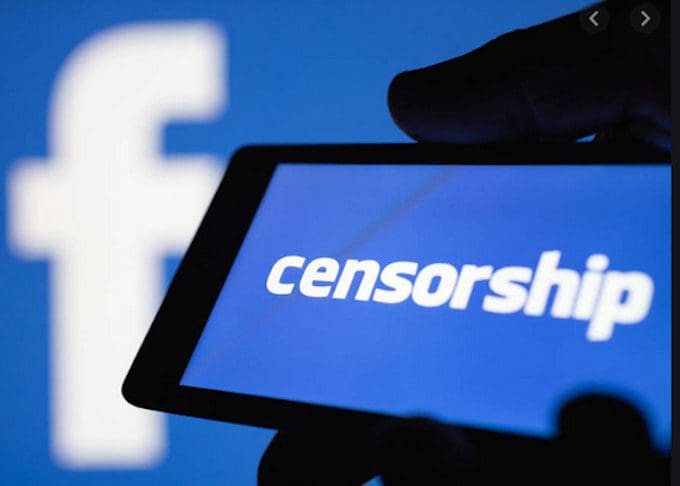

An Analysis of Western Military Aid to Ukraine
How much military aid has the West given to Ukraine? What kinds of weapons has it supplied? And how does Ukraine’s wartime arsenal compare to Russia’s? I’ll try to answer these questions using the latest version of the Kiel Institute’s Ukraine Support Tracker.
From January 24th to October 3rd, the West gave a total of €41 billion in military aid (plus an additional €41 billion in non-military aid).
This equates to roughly 60% of annual Russian military spending. However, the figures are not directly comparable since Russian spending includes salaries as well as equipment, and about 40% of military aid to Ukraine is classified as “financial commitments” (e.g., to purchase weapons in the future).


The “Five Eyes” alliance comprising the U.S., Britain, Canada, Australia and New Zealand accounts for the overwhelming majority – 79% – of military aid to Ukraine. And the U.S. alone accounts for 67%. However, small European countries like Latvia and Estonia have given a higher percentage of their GDP in military aid.
During the period 2014–2021, the US gave Ukraine roughly $2.5 billion in military aid. Already by May of this year, it had given Ukraine more than twice as much as it gave to Afghanistan in any year between 2010 and 2020.


What kinds of weapons has the West supplied? The chart below tallies four kinds of heavy weapons: armoured vehicles, tanks, howitzers and MLRS (multiple launch rocket systems). Each tally is shown next to the number Ukraine demanded, and the number Russia had pre-war.


What stands out is how few units have been delivered relative to the numbers Russia had pre-war. Given that Ukraine has retaken a large amount of territory since April, this suggests that Western equipment is simply better, and/or that factors like morale, tactics and Western intelligence have given Ukraine an edge.
Particularly notable is how few MLRS units have been delivered – only 38 (plus an additional 26 to come). This is the category that includes HIMARS, which appears to have made a tangible difference on the battlefield, thanks to its pinpoint accuracy, short loading times and high mobility.
Of course, these numbers don’t include all the equipment Ukraine had pre-war. Looking at the IISS Military Balance 2022, we see that Ukraine had 850 main battle tanks; 2,300 armoured vehicles; 750 howitzers; and 350 MLRS. If we add these to the Western-supplied units, we see that within each category Ukraine still has less than half the pre-war Russian numbers.
One area where Ukraine may match or exceed Russian capabilities is “man-portable” anti-tank and air-defence systems. This is the category that includes Javelins, NLAWS and Stingers – of which Ukraine has received many thousands from the U.S. and Britain. Like HIMARS, they appear to have proven highly effective on the battlefield.
On the other hand, there are several areas where Russian capabilities clearly far exceed Ukraine’s, notably naval and aerospace warfare. This makes it all the more remarkable how much territory Ukraine has managed to retake, albeit at the cost of many killed and wounded servicemen.
The West – particularly the U.S. and Britain – has given Ukraine a huge amount of military aid this year. Yet in terms of total equipment, the country is still vastly out-matched by Russia. Ukraine’s success on the battlefield highlights the importance of having the right equipment, and of non-material factors like tactics and morale.







